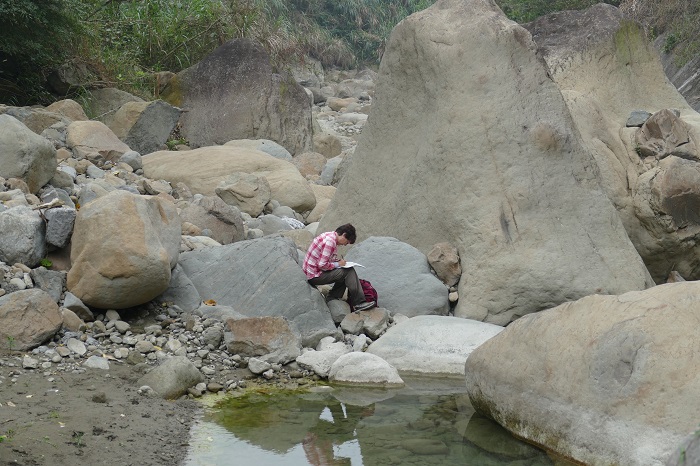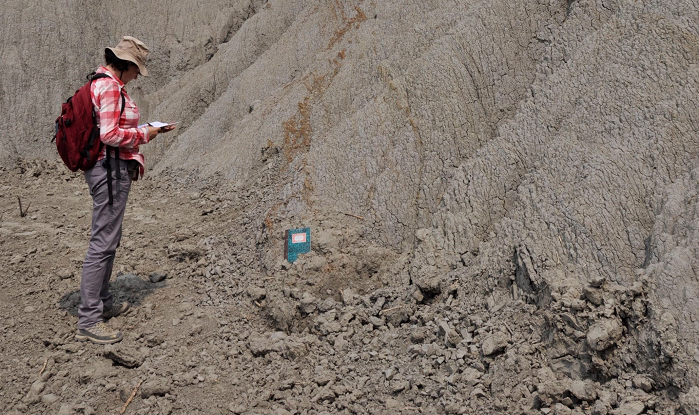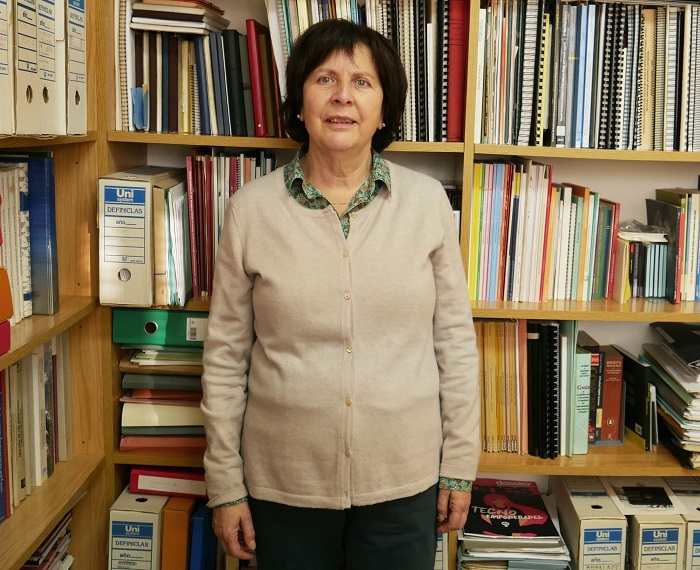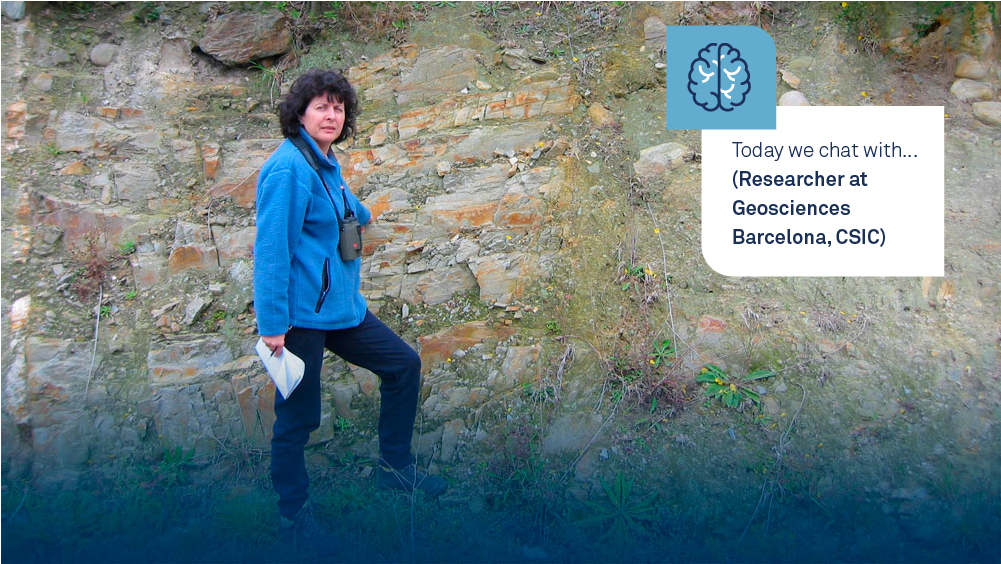Today is the International Day of Women and Girls in Science, a day that we should not have to celebrate, but unfortunately, we do, because of how little is the number of girls who want to pursue a career in sciences when they are older.
“I have always encountered problems in the field of tectonics because I am a woman. Women were starting to do these kinds of things and society had not assimilated it yet. In the 1980s, I was not selected in a recruiting process where the final choice was between two former male classmates of mine and me because I was a woman. When I was writing my thesis, there were three of us, two men and I in the same department”, explains Joaquina Álvarez Marrón, scientific researcher at Geosciences Barcelona, a research institute that depends on the CSIC.
According to her, we should normalize women being visible in all fields of knowledge so that girls can internalize that they can become whatever they want. “When I was a little girl, there were no such role models, you would never see women doing these jobs. There were many women in teaching and nursing. Now that has changed a lot and there are more and more women from scientific backgrounds appearing in media”, says Joaquina, who was the President for the Asociación de Mujeres Investigadoras y Tecnólogas (AMIT) between 2017 and 2019.
With the pandemic, many women experts in medicine or research have acquired visibility, so it has become normalized to see women experts in fields of renown. “Now, you don’t even think about it, you see it and assimilate it as normal. It is essential for girls to have female role models doing interesting things, that supposedly are ‘for men’”, explains Joaquina.

“I always liked mathematics and sciences in general when I was in school, I enjoyed learning why things happened, why the Sun and the Moon existed… When I was 11, I was given a book about Marie Curie as a gift, and I thought “I want to be like her”. I never had any doubts about pursuing sciences. I first studied Chemistry and then opted for Geology”, affirms the expert.
“My specialty, tectonics, was very masculinized. Women were told that we “couldn’t draw maps” and were dismissed. We were invisible, like in Engineering, where there are many men. They shape the world as they please, and women, when in minority, are cast aside”, affirms Joaquina. “As for career development, there are always more men at the higher levels. Women’s CVs are less valued”.
Incorporating women into teams changes the way we do things. According to this professional, work relationships become more equal, less individualistic, with greater capacity for teamwork, women tend to look out more for others and make sure they are comfortable.
Joaquina’s work focuses on acquiring new knowledge, known as basic or fundamental research. It has no immediate application to society or innovation.
She mostly focuses on the study of orogenic processes, that is, the discipline that studies how mountain ranges are formed. These are studies in the field of geodynamics and tectonics that consist of integrating field data with geophysical data to determine the processes involved in the collision zones between tectonic plates.

This researcher studies the structure of the Earth’s crust, both in the regions where plates have collided in the past and where mountains no longer exist, and in the active regions where mountains are currently being formed.
Her specialty has downstream applications to geological resource prospecting in general but to realize those applications other experts must already be involved.
Joaquina has worked for public companies, for example, on a project to store CO2 underground. Her work consists of preliminary field research, she goes to specific sites and selects the best-suited geological structures for them.
Her job is very important to infrastructure development, as all infrastructure projects should have previous detailed field geology work. Geological studies provide initial knowledge about the terrain.
In recent years, her research work has focused on Taiwan, a country with significant seismic activity. She collaborates with Taiwanese geophysicists and seismologists and she makes the geological interpretation of the structures that are most likely to generate seismic activity and detect the riskiest ones.
“We use seismic activity to develop subsurface models with the propagation velocities of seismic waves, for instance. That way, we can provide greater detail of what we cannot see from the surface and make better interpretations of the relations between structures. Our work includes the drawing of maps to the determination of the processes involved in the generation of these structures”.

Geology shows many differences across regions depending on seismic activity. Seismic activity concentrates in the areas of tectonic boundaries, where the plates converge. For instance, in the margin of the South American plate, along the coast of Chile, there are many earthquakes.
This knowledge about which regions of our planet have certain dynamic conditions, how the plates behave, helps us determine whether there are great active faults. Only buildings with the proper resistance requirements should be built in areas with tectonic faults.
